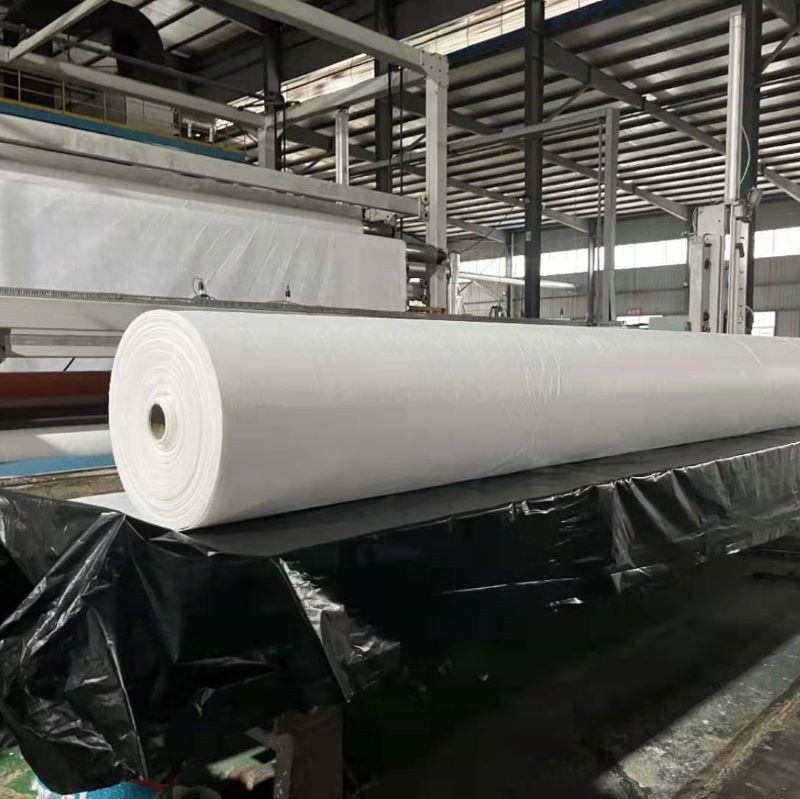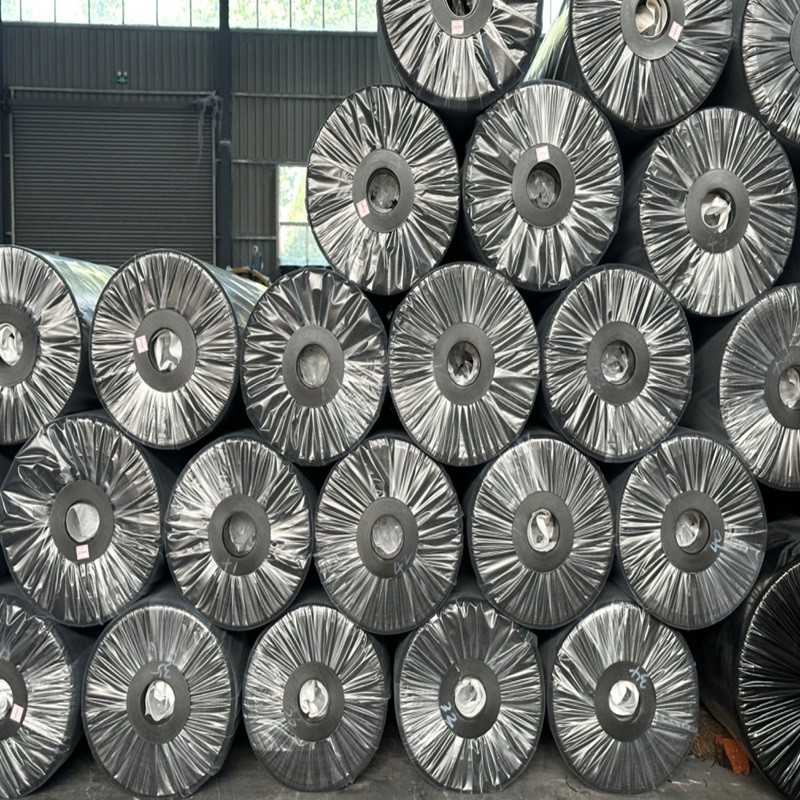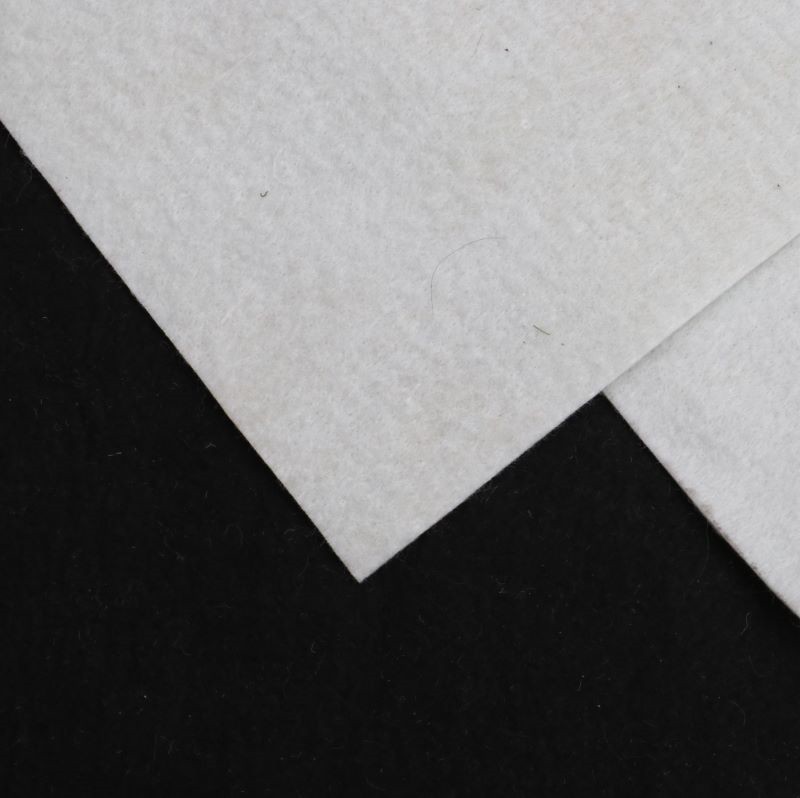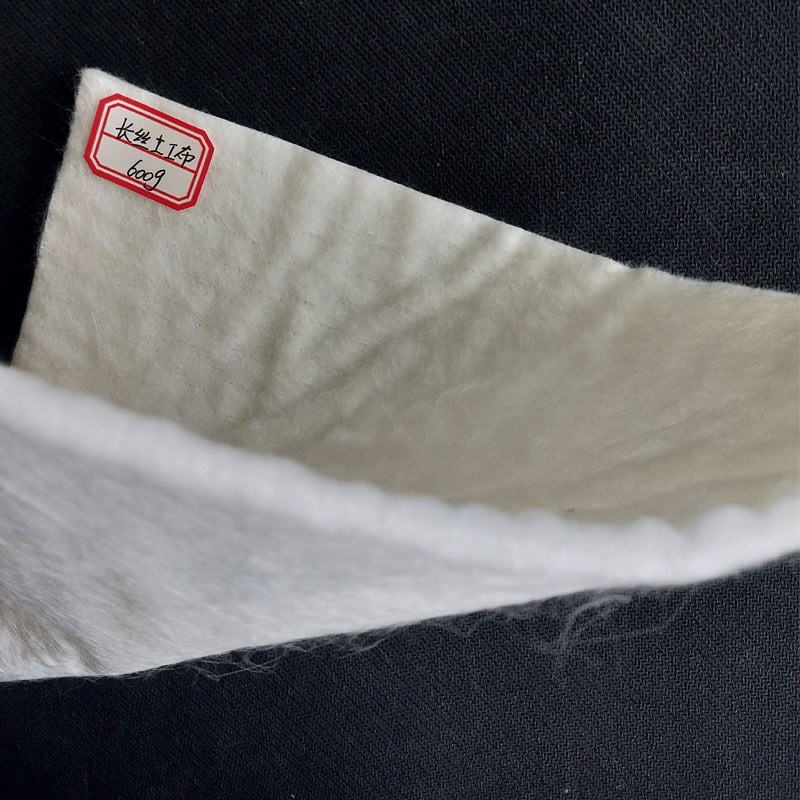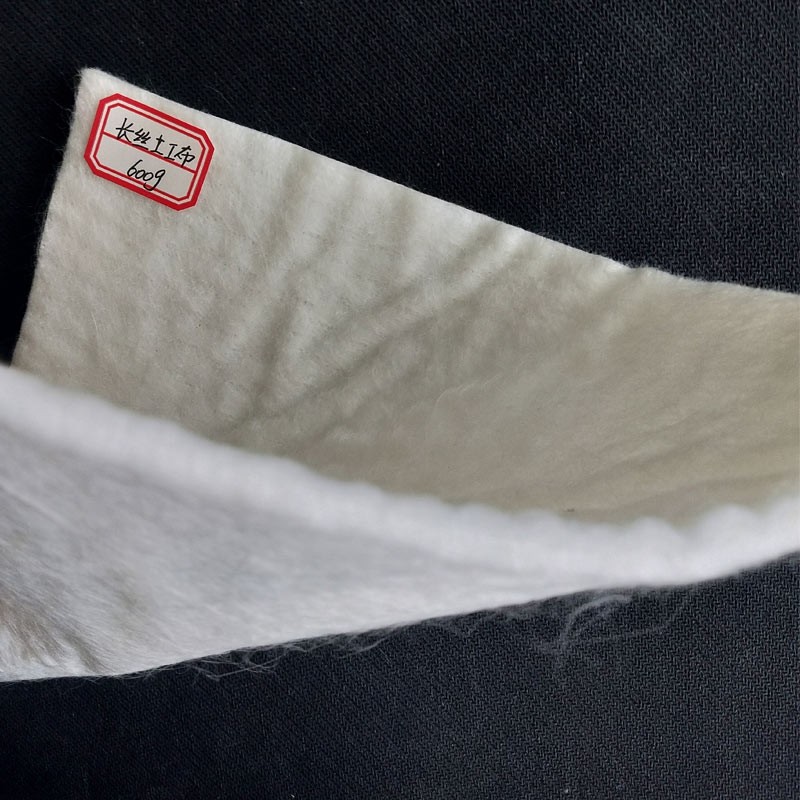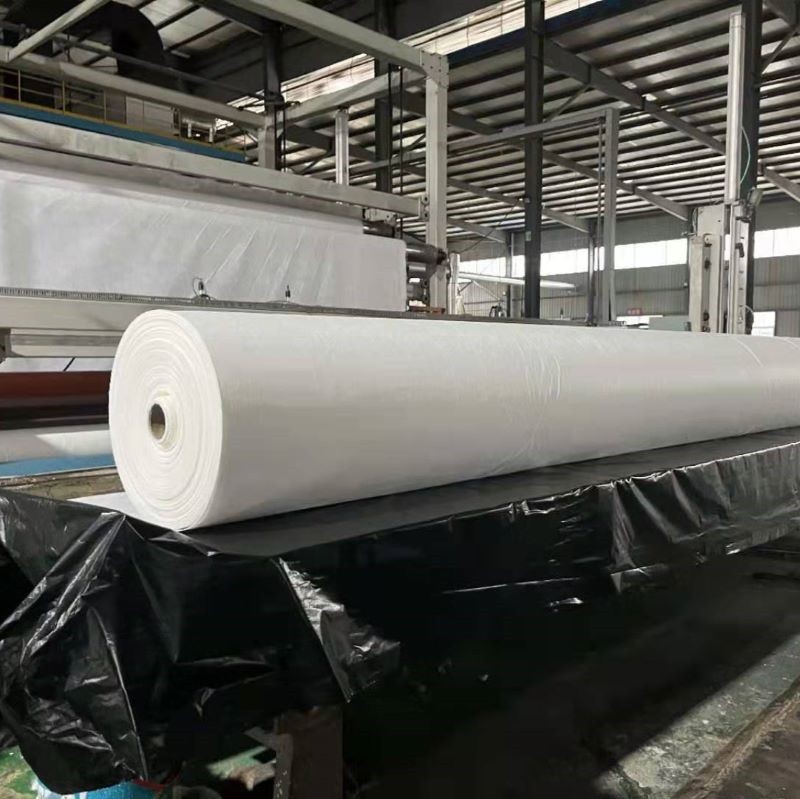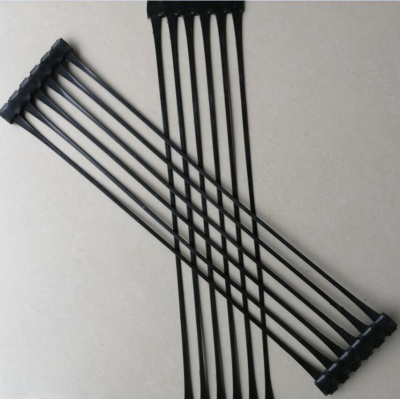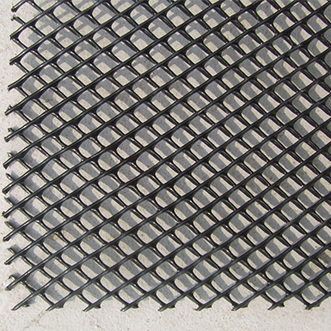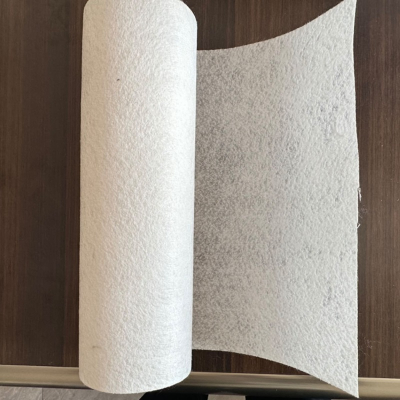Polypropylene Geotextile
Polypropylene Geotextile is a synthetic geotechnical material made from polypropylene, available in woven (high strength, excellent stability) and non-woven (superior filtration and drainage) types. It is resistant to acids, alkalis, lightweight, and hydrophobic, widely used in road reinforcement, drainage systems, landfill protection, and slope erosion control. Key advantages include low cost, long service life (over 20 years), recyclability, and eco-friendliness. However, prolonged UV exposure and extreme low-temperature conditions should be avoided. As a core material in modern engineering, it combines functionality and cost-effectiveness, serving as a key solution for infrastructure and ecological protection.
Polypropylene Geotextile: UV Stabilizers and Service Life Analysis
Polypropylene (PP) geotextiles exposed to prolonged outdoor conditions can suffer from molecular chain breakage due to ultraviolet (UV) radiation, leading to embrittlement and reduced strength. By incorporating UV stabilizers (e.g., carbon black, Hindered Amine Light Stabilizers (HALS)), the material’s aging process is significantly delayed, extending its service life to over 20 years under outdoor exposure. Key details are outlined below:
Mechanisms of UV Stabilizers
UV Absorption/Shielding:
Carbon Black Additives: Absorb UV radiation and convert it into heat, minimizing polymer degradation.
Inorganic Coatings (e.g., titanium dioxide): Reflect UV rays, enhancing surface protection.
Free Radical Scavenging:
HALS Stabilizers: Neutralize free radicals generated by light exposure, halting oxidative chain reactions and preventing polymer breakdown.
Practical Measures to Ensure Longevity
Product Selection:
Choose PP geotextiles with ≥2% carbon black or composite stabilizers (compliant with ASTM D4355 UV aging tests).
Installation Protection:
Immediate Covering: Cover the geotextile promptly with soil, asphalt, or concrete after installation to avoid direct UV exposure.
Edge Anchoring: Secure edges to prevent wind uplift and localized UV damage.
Environmental Adaptation:
Use high-concentration UV-stabilized variants in high-altitude or high-sunlight regions (e.g., plateaus, deserts).
Comparison: Untreated vs. UV-Stabilized PP Geotextiles
Condition
Without UV Stabilizers
With UV Stabilizers
Outdoor Lifespan (Temperate) | 2-5 years (severe embrittlement) | Over 20 years (if covered) |
Tensile Strength Retention (5 years) | ≤30% | ≥80% |
Typical Applications | Short-term temporary projects | Roads, landfills, slope protection |
Key Considerations
Regular Inspections: Check exposed sections every 2-3 years for surface cracks or discoloration.
Recycling Restrictions: Carbon black-containing PP geotextiles require separate recycling processes to avoid contaminating other plastics.
Conclusion
UV-stabilized polypropylene geotextiles overcome the environmental aging limitations of traditional PP materials through advanced molecular protection, making them ideal for long-term outdoor projects (e.g., ecological slope protection, coastal reinforcement). Combined with proper installation and maintenance, they maximize durability and cost-effectiveness, ensuring both engineering safety and sustainability.
Translation Check:
Accuracy: Technical terms (e.g., HALS, carbon black) and mechanisms are correctly translated.
Clarity: Sentences are logically structured, and key concepts (e.g., UV shielding, free radical scavenging) are clearly explained.
Flow: The comparison table and bullet points enhance readability, while the conclusion concisely summarizes the material’s advantages.
Grammar/Spelling: No errors detected.

